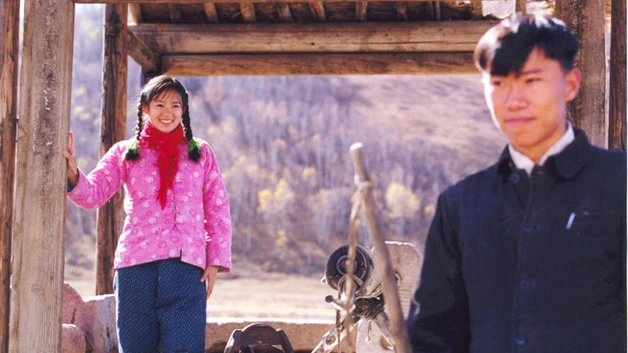Closely Watched Trains Film Difficulty Ranking: 3

Ever seen Fawlty Towers or Arrested Development? This Czechoslovakian comedy set in the Nazi occupation has a similar tone to these two classic comedies. Instead of a Hotel or a Banana Stand (see above) this film has a rural train station. It’s run by a chubby conductor who keeps a pigeon coop, an very old man, a horny guy who has sex on shift, and our man Milos. This oddball combination make this film one to watch!
Why Watch Closely Watched Trains?
- This is a great place to start if you haven’t seen a Czech film before
- You like the style of Wes Anderson or the humour of Arrested Development
- If you are a history fan – this film is set during the Nazi occupation of Czechoslovakia in WW2
- It won the best Foreign Film Academy Award back in 1968
The Breakdown
This film starts with a shot of adolescent Milos standing in a shirt and boxer shorts in a plain bedroom. A narrator starts telling us about Milos’ family. The camera cuts to a picture of Milos’ uncle, a hypnotist whom the whole village was a con artist. He became famous for trying to hypnotise the Nazis into turning their tanks around. He obviously failed.
After we hear about Milos’ uncle, the camera turns to another family picture hanging on the wall to tell us another family story. We hear the stories of three of Milos’ family members through a montage of old photos. The camera ends on Milos’ shoes and tracks up his body as his mum says “what a looker”. A hat floats onto Milos’ head as magical music plays.
The style of the opening reminded me of the slow pans and fixed image montages used by Wes Anderson. Even the voice over narrations, quirky comedic tone, and close ups of props must have influenced Wes Anderson.
The story follows young Milos as he starts work at a quiet railway station in rural Czechoslovakia. At first the signs of the Nazi occupation are limited to the speeches of the regional councillor who stops by the station every other day. Otherwise life at the station is pretty normal. Milos spends a lot of time fawning over a local girl while his colleague womanises whilst on duty.
However, as the narrative progresses, the signs of the Nazi occupation gradually become more prominent. Milos’ political awareness grows alongside his sexual progression, both symbols of becoming a man.
Conclusion
As you will see, Closely Watched Trains, has a lot more substance than the comedic combination that carries the opening 30 minutes. It portrays the life of thousands of young kids that grew up during the war time period across Europe. This film is entertaining, stylish, and deep, which make it a must see film from the Czech New Wave.




